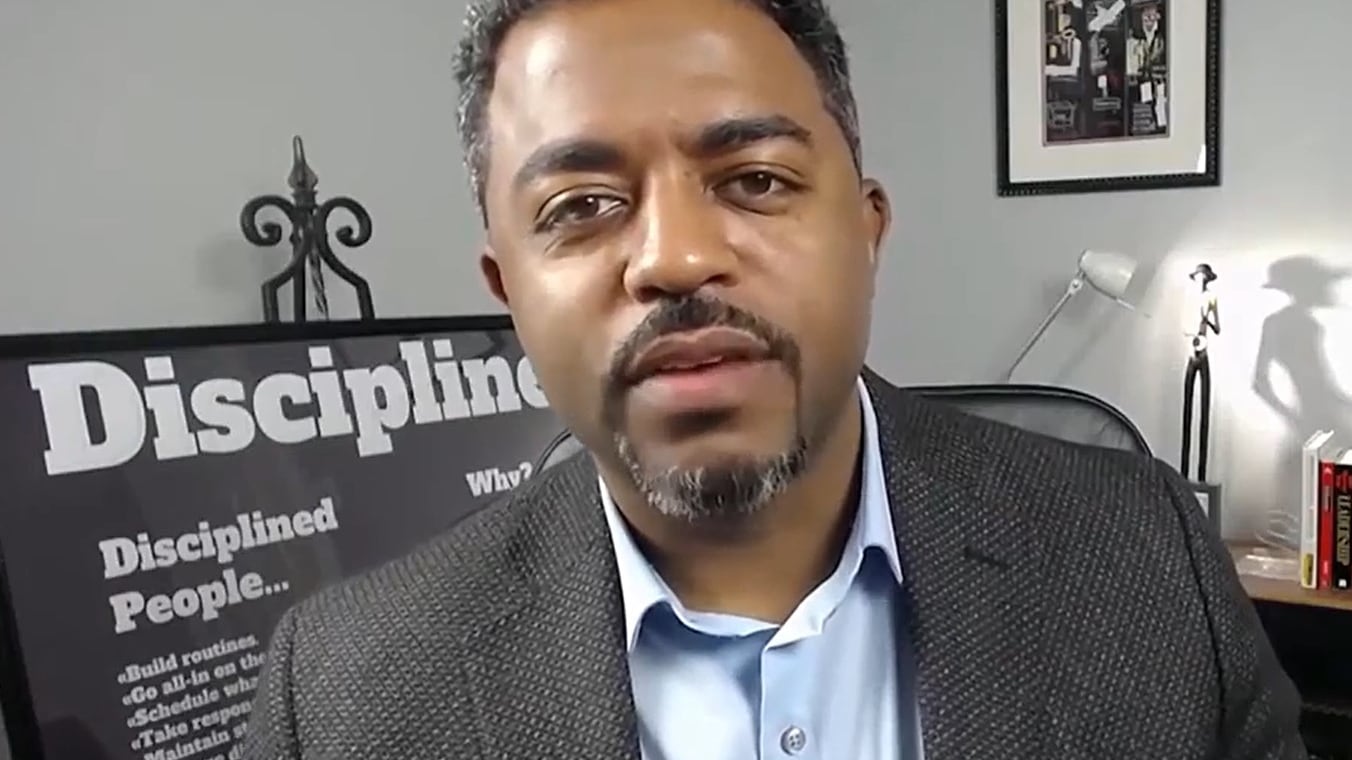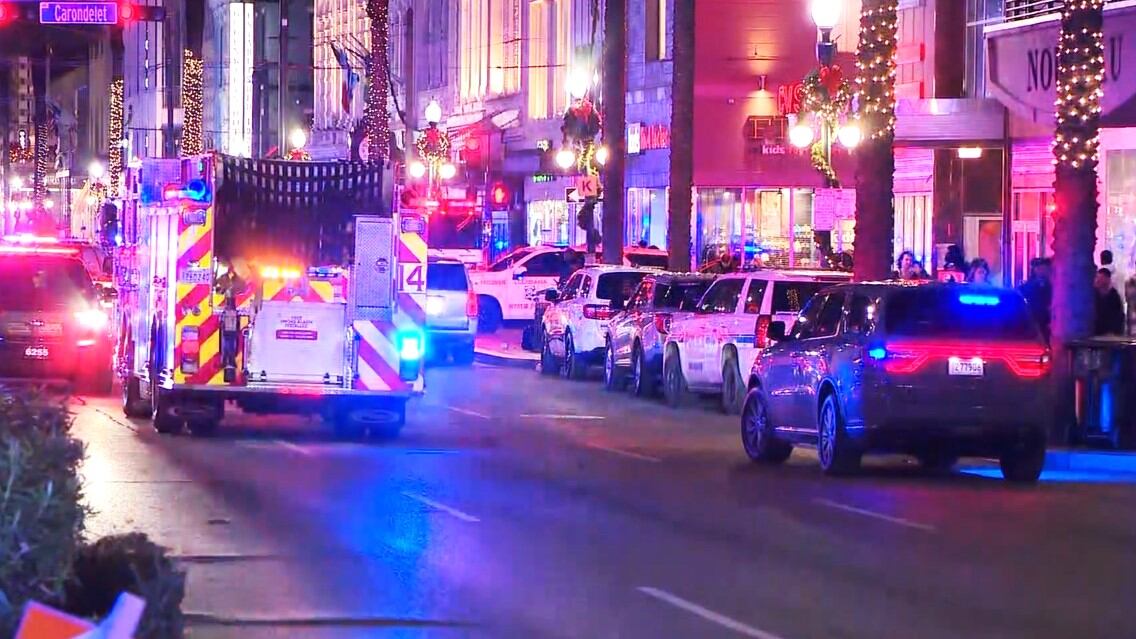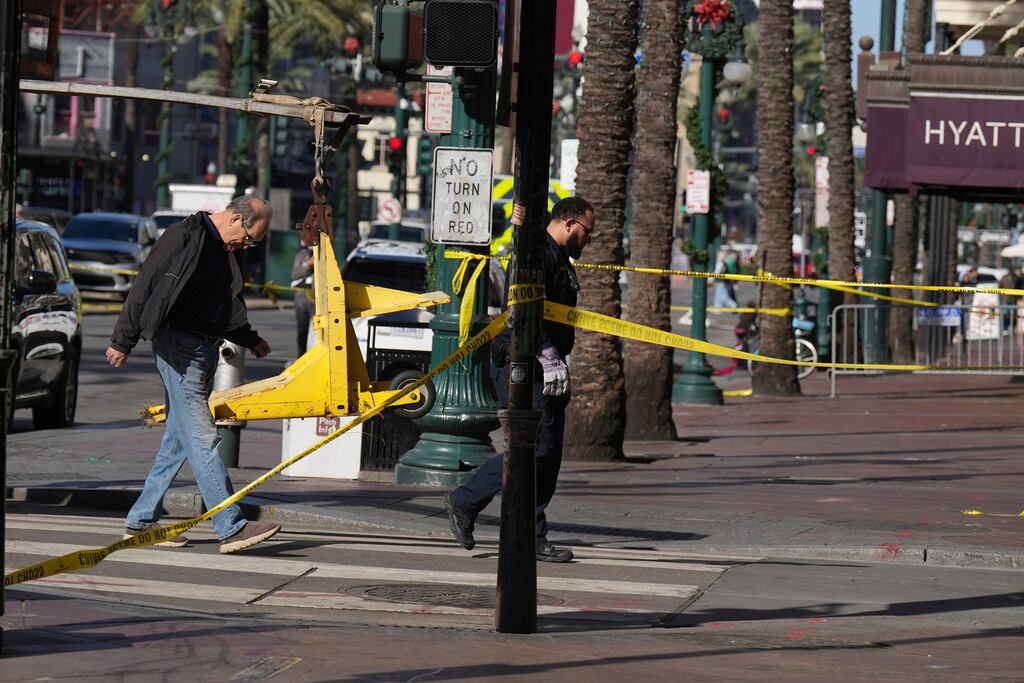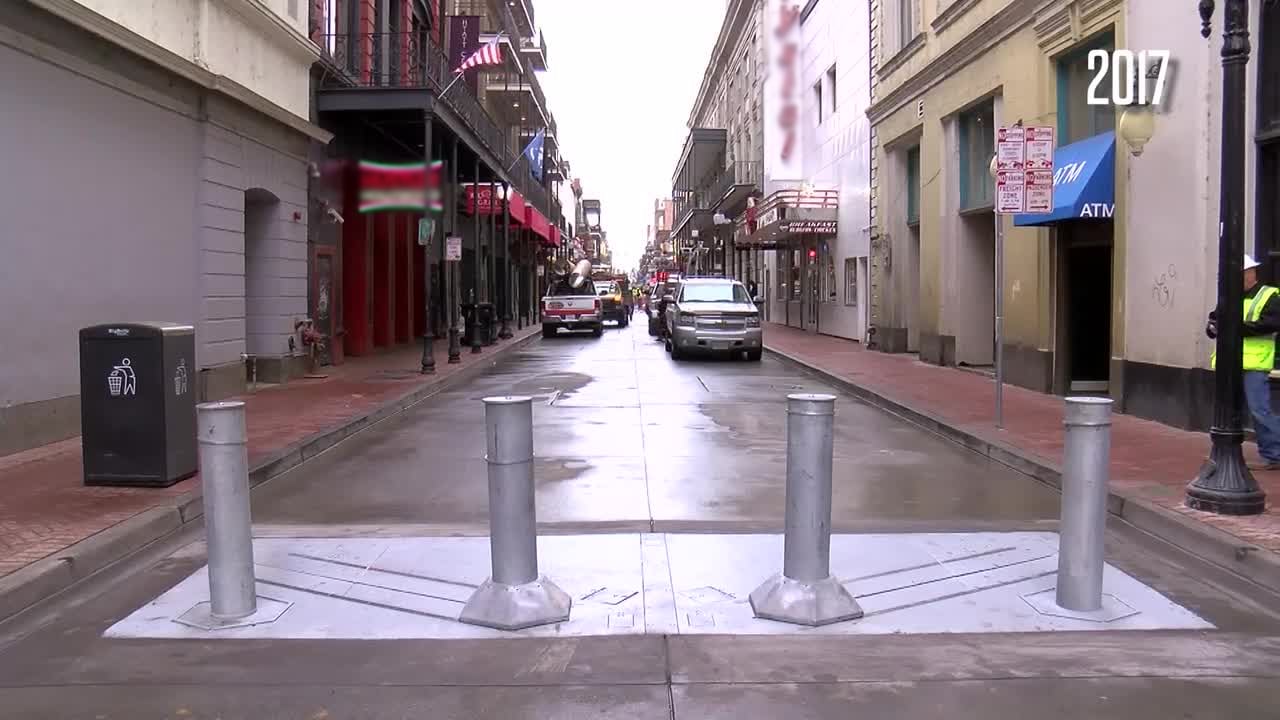What drives soldiers, veterans to carry out deadly attacks?
AUGUSTA, Ga. - The New Orleans attack and the truck explosion in Las Vegas highlight how people with military backgrounds play an increasing role in ideologically driven attacks.
In New Orleans, Shamsud-Din Jabbar – a veteran of the U.S. Army deadly New Year’s terror attack that killed 14 others and injured dozens before police shot him.
In Las Vegas, officials say Army Special Forces soldier Matthew Livelsberger blew up a Tesla Cybertruck outside Trump International Hotel. He wrote it was a “wake up call” that the country was “headed toward collapse.”
The path from Thomson to terrorism: How veteran became a mass killer
The FBI is working to learn what led former Thomson resident Shamsud-Din Jabbar to plow a truck through a New Orleans crowd, killing 14.

It’s not just a recent phenomenon. In 1995, veteran Timothy McVeigh blew up the federal building in Oklahoma City in an attack that claimed 168 lives.
People who knew them are often shocked by the transformations that led down these paths.
Jabbar was married to a local woman for three years before their marriage ended, and people who served with him at what was then known as Fort Gordon say he was the last person you’d expect to carry out a terrorist attack.
Service and veterans who radicalize make up a tiny fraction of a percentage point of the millions and millions who have honorably served their country. But an Associated Press investigation published last year found that radicalization among both veterans and active duty service was on the rise.
AP found hundreds of people with military backgrounds had been arrested for extremist crimes since 2017 and that their extremist plots killed or injured nearly 100 people.
The AP also found issues with the Pentagon’s efforts to address extremism in the ranks, including that there is still no force-wide system to track it, and that a cornerstone report on the issue contained old data, misleading analyses and ignored evidence of the problem.
‘Are you guys OK?’: Harlem family shares New Orleans experience
On Wednesday, we spoke with a family staying at a hotel for the Sugar Bowl, which has since been postponed following the tragic attack on Bourbon Street that left 15 dead and over 30 injured.

Since 2017, both veterans and active duty service radicalized at a faster rate than people without military backgrounds, according to data from terrorism researchers at the National Consortium for the Study of Terrorism and Responses to Terrorism, or START, at the University of Maryland. Less than 1% of the adult population is currently serving in the U.S. military, but active duty military make up a disproportionate 3.2% of the extremist cases START researchers found between 2017 and 2022.
While the number of people with military backgrounds involved in violent extremist plots remains small, the participation of active military and veterans gave extremist plots more potential for mass injury or death, according to data collected and analyzed by the AP and START.
More than 480 people with a military background were accused of ideologically driven extremist crimes from 2017 through 2023, including the more than 230 arrested in connection with the Jan. 6, 2021, insurrection — 18% of those arrested for the attack as of late last year, according to START. The data tracked individuals with military backgrounds, most of whom were veterans, involved in plans to kill, injure or inflict damage for political, social, economic or religious goals.
Evans man shares of New Orleans fatal attack
We talked to a local man who said he witnessed the fatal attack in New Orleans, we learned Thursday morning.

The AP’s analysis found that plots involving people with military backgrounds were more likely to involve mass casualties, weapons training or firearms than plots that didn’t include someone with a military background. This held true whether or not the plots were carried out.
The jihadist ideology of the Islamic State group apparently connected to the New Orleans attack would make it an outlier in the motivations of previous attacks involving people with military backgrounds. Only around 9% of such extremists with military backgrounds subscribed to jihadist ideologies, START researchers found. More than 80% identified with far-right, anti-government or white supremacist ideologies, with the rest split among far-left or other motivations.
MORE FROM NEWS 12
New Orleans attack: Full coverage

- Atlanta leaders bring reinforcement for Peach Bowl
- Harlem family shares their New Orleans experience
- UGA student critically injured in deadly New Orleans attack identified
- UGA alumni, Augusta react to deadly New Orleans attack
- Suspect in deadly Bourbon Street attack attended Georgia State University, school says
Still, there have been a number of significant attacks motivated by the Islamic State and jihadist ideology in which the attackers had U.S. military backgrounds. In 2017, a U.S. Army National Guard veteran who’d served in Iraq killed five people in a mass shooting at the Fort Lauderdale airport in Florida after radicalizing via jihadist message boards and vowing for the Islamic State. In 2009, an Army psychiatrist and officer opened fire at Fort Hood, Texas, and killed 13 people, wounding dozens more. The shooter had been in with a known al-Qaida operative prior to the shooting.
In the shadow of the Jan. 6 attack on the Capitol — led in part by veterans — law enforcement officials said the threat from domestic violent extremists was one of the most persistent and pressing terror threats to the United States. The Pentagon has said it is “committed to understanding the root causes of extremism and ensuring such behavior is promptly and appropriately addressed and reported to the proper authorities.”
New Orleans inches toward normalcy while mourning victims of deadly New Year’s rampage
The attack along Bourbon Street killed 14 people, along with the driver, who officials said was inspired by Islamic State militants.

Kristofer Goldsmith, an Army veteran and CEO of Task Force Butler Institute, which trains veterans to research and counter extremism, said the problem of violent extremism in the military cuts across ideological lines. Still, he said, while the Biden istration tried to put in place efforts to address it, Republicans in Congress opposed them for political reasons.
“They threw, you know, every roadblock that they could in saying that all veterans are being called extremists by the Biden istration,” Goldsmith said. “And now we’re in a situation where we’re four years behind where we could have been.”
Why Bourbon Street barricades were not in place to protect against vehicle attack
Workers in New Orleans have added temporary barricades near Bourbon Street to stop possible, future attacks, but why were the existing barricades not used on New Year's Day?

During their long military careers, both Jabbar and Livelsberger served time at the U.S. Army base formerly known as Fort Bragg in North Carolina, one of the nation’s largest military bases. One of the officials who spoke to the AP said there is no overlap in their assignments at the base, now called Fort Liberty.
Goldsmith said he is concerned that the incoming Trump istration will focus on the New Orleans attack and ISIS and ignore that most deadly attacks in the United States in recent history have come from the far right, particularly if Trump’s nominee for defense secretary, Pete Hegseth, is confirmed.
FBI releases photos of New Orleans terror suspect and explosives packed in cooler
The FBI has released new surveillance images as part of its ongoing investigation into the Jan. 1 terror attack on Bourbon Street in New Orleans.

Hegseth has justified the medieval Crusades that pitted Christians against Muslims, criticized the Pentagon’s efforts to address extremism in the ranks and ahead of Joe Biden’s inauguration in the weeks after the Jan. 6 attack was himself flagged by a fellow National Guard member as a possible “insider threat.”
Copyright 2025 WRDW/WAGT. All rights reserved.














